
Introduction
So you want to start growing indoors? Great! But, before you set up your indoor garden, please take a few moments to read through this time-tested advice. Gardening indoors is easy, unless you choose to make life difficult for yourself! So make sure you plan your indoor garden properly beforehand. It will save you time, effort and money in the long run.
Essential First Shopping List
Timer

A grow light simulates the sun so it needs to switch on and off at the same time over a 24-hour cycle. Sure, it’s possible to do this manually but it really isn’t all that practical in the long term. By connecting your grow light to a timer you can be sure that your plants are receiving the right amount of light each day. Many plants use day / night length as a trigger to start producing flowers and fruit. Analogue and digital timers
Extraction Fan
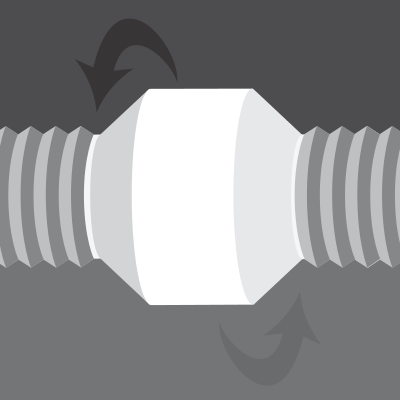
It’s vital that your indoor garden is constantly supplied with fresh air to regulate temperature, humidity and carbon dioxide (CO2) levels for optimum plant health. Indoor gardeners commonly use extraction fans to remove old air and pump in new air. Fans are rated according to the volume of air (in cubic feet) they can move in a minute. They are also specified in terms of compatible ducting and filter diameters (e.g. 4”, 6”, 8”, 12” etc.) It’s very important to select the correct size fan for your grow space.
Oscillating Fan
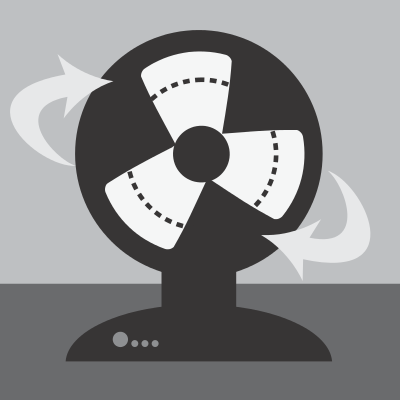
Once fresh air has been brought into your indoor garden, it needs to be moved around and dispersed so that all your plants can benefit evenly. An oscillating fan looks like a regular desk fan. The most important air to move is between the grow lamp and the tops of your plants. This helps greatly to regulate temperatures in your indoor garden. NOTE: It’s possible to fix ducting to slightly larger (or smaller) fans and filters using an appropriate reducer.
Carbon Filter
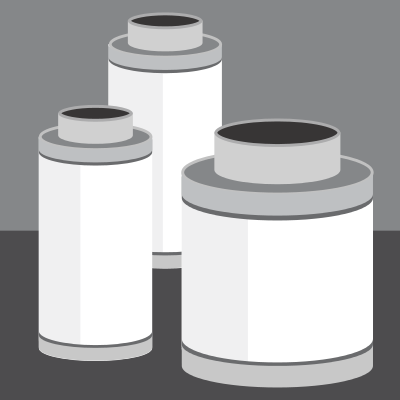
Carbon filters remove odors and other particulates from the air, essential for maintaining a healthy and pleasant working and growing environment. They are most commonly available as metal cylinders filled with activated carbon and sheathed in a white fabric dust filter. Indoor gardeners attach carbon filters to extraction fans so that air is drawn through the filter and purified.
Ducting
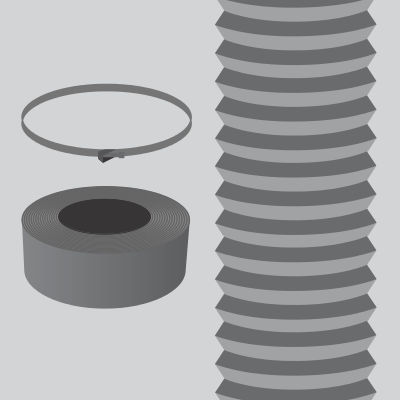
Ducting is special tubing designed to be attached to extraction fans so that air can be directed in and out of your indoor garden. Ducting is available in various sizes (to fit your choice of fan) and can be insulated and non-insulated. You will need duct-tape and / or quick release clamps to fix your ducting to your extraction fan.
Min / Max Thermometer
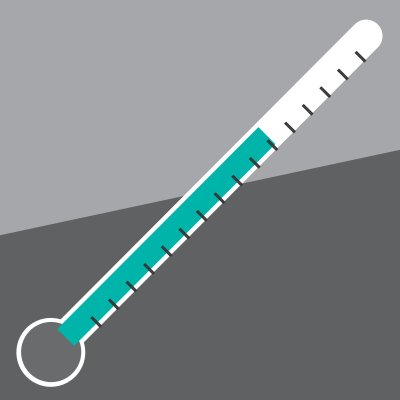
It’s essential that you know what’s going on in your indoor garden, both when the lights are on and when they’re off. A Min/Max Thermometer / Hygrometer not only measures temperature and humidity, but also records the maximum and minimum readings over any given period.
Propagator
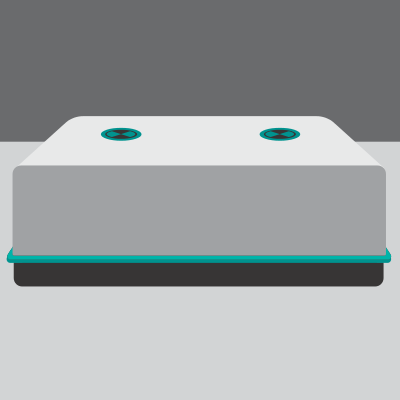
Young seedlings and cuttings require a high humidity environment in order to establish themselves properly. A propagator is a transparent plastic box, like a mini-greenhouse, that traps moisture and therefore maintains higher humidity levels. It’s an essential piece of kit to welcome your tender new plants into the world. Both heated and unheated propagators are available.
Light Proofing
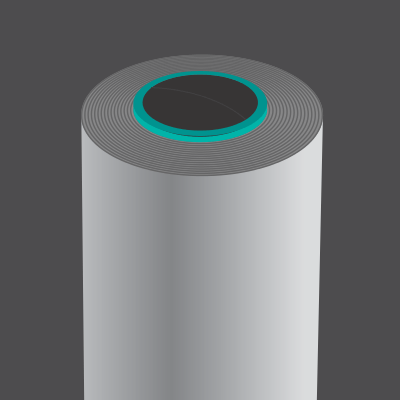
In order to achieve total control over your plants’ processes (e.g. timing when plants are triggered to produce fruit) it can be important to regulate the light your plants receive and correctly simulate the “day” and the “night.” You may well need to invest in some lightproof plastic sheeting in order to prevent natural sunlight coming in through windows, etc. Reflective sheeting on walls helps to bounce precious light back onto your plants and dramatically increase the efficiency of your grow lights.
Essential First Shopping List
If you’re just getting started and taking a look around a grow store for the first time the range of equipment, plant products and growing methods can be bewildering – in fact, it’s almost as diverse as the variety of plants you can grow!
So check out this list of essential hardware you’ll need to get up and running. No self-respecting indoor gardener can do without this stuff. Your indoor garden will be taking shape in no time!
Grow Lamp
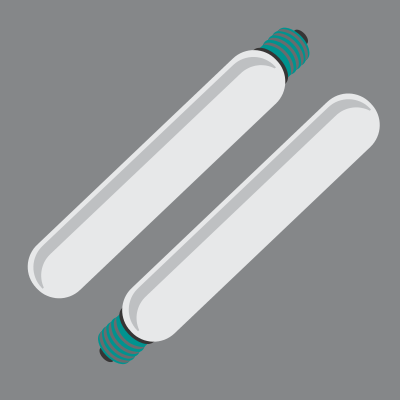
Grow lamps provide light for your indoor plants to grow and bloom. There are different types which vary in color spectrum and power. It’s important to choose a light that is suited to your application: e.g. whether the plants are growing or flowering.
Reflector & Lamp Holder
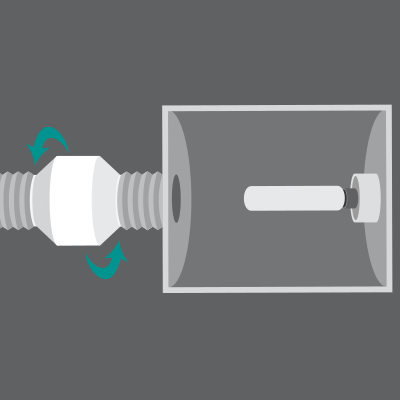
A reflector dramatically increases the efficiency of your grow lamp by directing light down towards your plants. They also help to spread the light and avoid hotspots. Air-cooled reflectors require an additional fan to blow air across the lamp. This removes heat from around the grow lamp and makes environmental control much easier.
Ballast
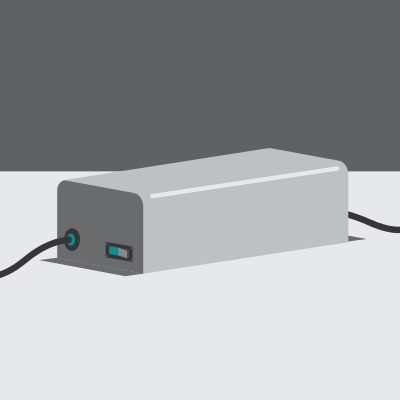
A small box that generates a ‘spike’ of high-voltage electricity to ignite a high intensity discharge grow lamp. After ignition a ballast transforms and regulates the flow of electricity to the lamp for steady operation. Two types of ballast are commonly available: magnetic “core and coil” and the more modern electronic (aka “digital”) ballasts.
Relay

When a magnetic grow light ballast fires up it draws a large amount of electricity to ignite the lamp. If it is connected directly to a standard timer this will invariably cause it to malfunction permanently. A relay is an essential ‘go-between’ that protects the timer from the ballast. Electronic ballasts are soft start, meaning they do not have a big initial draw, but it is good practice when using multiple ballasts to use a relay.
Light Hanging Equipment

You will need to hang your grow lamp securely above your plants. If you are not using a grow tent then you will need to either build a framework or hang your lights from the ceiling. SunGrip™ Light Hangers are an ideal solution for hanging and adjusting grow lights quickly and easily.

